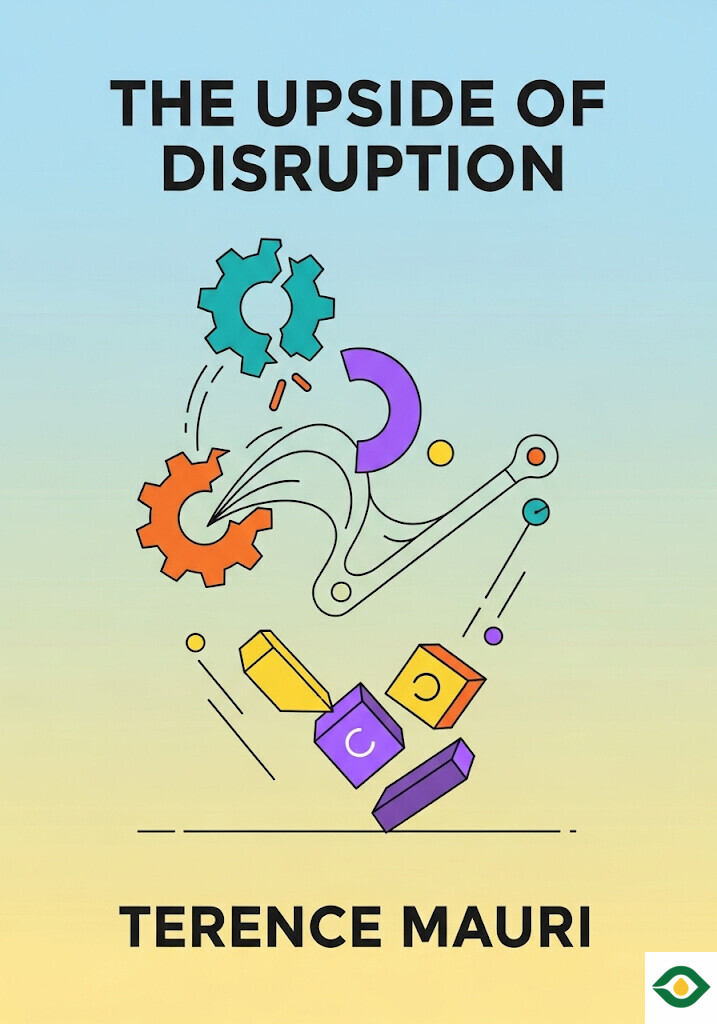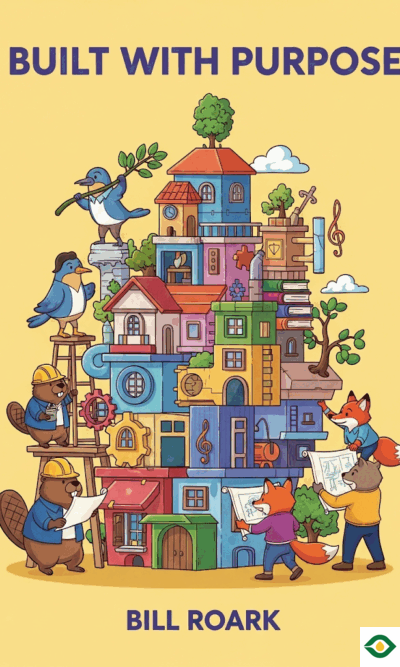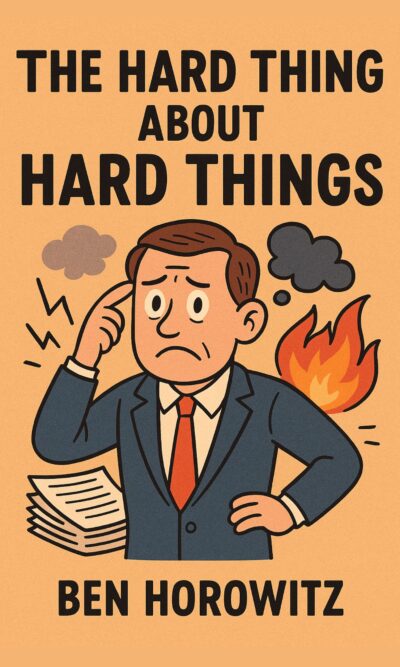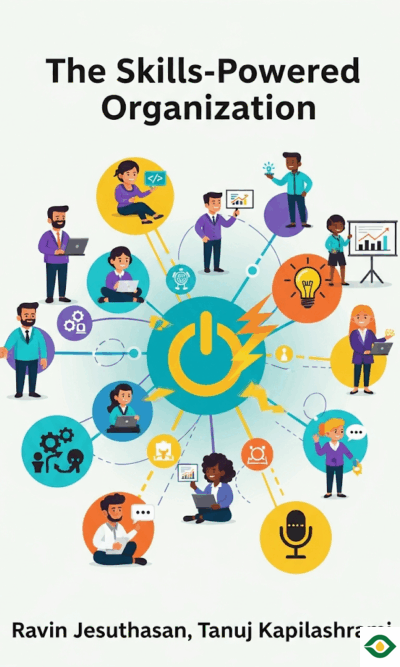Description
The world today is changing faster than ever before. New technologies, shifting industries, and global disruptions mean that nothing stays the same for long. What worked yesterday may not work tomorrow. In this uncertain environment, people and organizations must learn to adapt, or they risk being left behind. But adaptation is not just about reacting to events. It’s about looking ahead, anticipating what might come, and being ready to act boldly.
At the heart of this book is the DARE mindset. DARE stands for data, agility, risk, and evolution. These four elements together form a way of thinking that prepares anyone—whether a business leader, a team member, or an individual—for the future. Instead of fearing disruption, the DARE mindset turns disruption into opportunity. By mastering these four areas, you can stay relevant, grow stronger, and even use change as a way to thrive.
The first part of DARE is data. Technology has become central to modern life, and artificial intelligence (AI) is one of the most powerful forces driving change. AI is no longer something imagined in science fiction; it is now woven into businesses, governments, and daily activities. AI can make decisions, create solutions, and transform industries. This brings incredible opportunities, but also challenges. The real danger is not AI itself, but clinging to old ways of thinking in a world shaped by AI.
Leaders and organizations must be open to experimenting and innovating. They must welcome new ideas instead of fearing them. At the same time, it’s important to use technology in a human-centered way. Some technologies, called “warm” technologies, empower people, create fairness, and improve well-being. Others, “cold” technologies, remove the human touch and can damage trust. The future belongs to those who choose warm approaches that put people first. Data and AI can make work faster and smarter, but they must also serve human growth, not replace it.
The second part of DARE is agility. Agility means being flexible and quick to adapt. In times of disruption, the ability to unlearn is as important as the ability to learn. Old habits and outdated practices can hold back progress. Leaders must be willing to let go of methods that no longer work and encourage their teams to do the same.
Failure is also part of agility. Failure is not something to avoid at all costs. Instead, failure can be a tool for learning. If teams ask honest questions about what went wrong, they can grow stronger and more resilient. This attitude transforms setbacks into valuable lessons.
Another obstacle to agility is bureaucracy. Many organizations fail not because of outside threats, but because they are trapped by their own slow, complicated processes. Endless paperwork and rules make it hard to act quickly. Cutting unnecessary bureaucracy and simplifying processes allows organizations to innovate and move faster. In short, agility is not about rushing blindly—it is about being open, flexible, and ready to adjust when the world changes.
The third part of DARE is risk. The future will reward those who are courageous. Playing it safe may feel comfortable, but it often leads to being left behind. Courage means being willing to act boldly, even when the outcome is uncertain. This does not mean being reckless. Instead, it means taking smart risks—calculated steps that open the door to new opportunities.
Leaders who succeed are those who dare to think differently. They embrace what the author calls “billion-dollar beliefs”—big, transformative ideas that can reshape industries. While others hesitate, they act. Courage, in this sense, is not an inborn talent but a skill. It can be developed through practice, reflection, and learning from experience. By creating a culture where experiments are encouraged and failures are seen as part of growth, organizations can unlock innovation.
Overthinking often kills courage. When organizations get stuck in endless analysis, they miss opportunities. By contrast, bold yet thoughtful action creates momentum and opens up possibilities. The future will not belong to those who protect the status quo. It will belong to the disruptors and learners who dare to move forward with courage.
The fourth and final part of DARE is evolution. Evolution here means growth and transformation over time, and the key foundation of this is trust. Trust is not a soft or optional skill—it is essential. Without trust, organizations slow down, cultures weaken, and innovation disappears. With trust, decisions are faster, costs are lower, and collaboration is stronger.
Building trust starts with leaders. Leaders must listen, not just speak. They must create spaces where people feel safe to share ideas and challenge old ways of thinking. Conformity may feel safe, but it kills creativity. Diversity of opinion, healthy debate, and collaboration are what drive evolution. Great ideas rarely come from individuals working alone. They emerge from people working together, listening to each other, and building on each other’s ideas.
Another part of building trust is caring about well-being. Many employees today feel overwhelmed, stressed, and disconnected. Leaders who prioritize well-being make people feel valued. When people feel supported, they are more open to change and more willing to contribute. Trust grows when leaders listen carefully, communicate honestly, and treat people with respect.
At its core, evolution is about constant improvement and renewal. To evolve, individuals and organizations must embrace trust, collaboration, and open-mindedness. Only then can they adapt to disruption and turn it into lasting growth.
Taken together, the DARE mindset—data, agility, risk, and evolution—offers a roadmap for thriving in uncertain times. It’s not enough to simply survive disruption. Those who succeed will be the ones who embrace disruption, see it as an opportunity, and use it to build a stronger future.
The world is not slowing down. Technology, industries, and societies will keep changing. But instead of resisting this reality, you can prepare for it. With the DARE mindset, you can move with confidence into the future. You can turn fear into courage, confusion into clarity, and disruption into progress.
The message is simple: the future belongs to those who dare.





